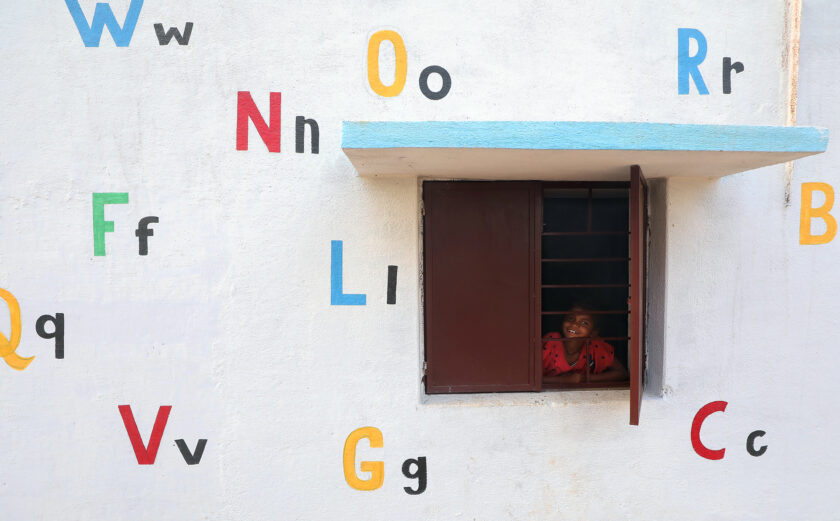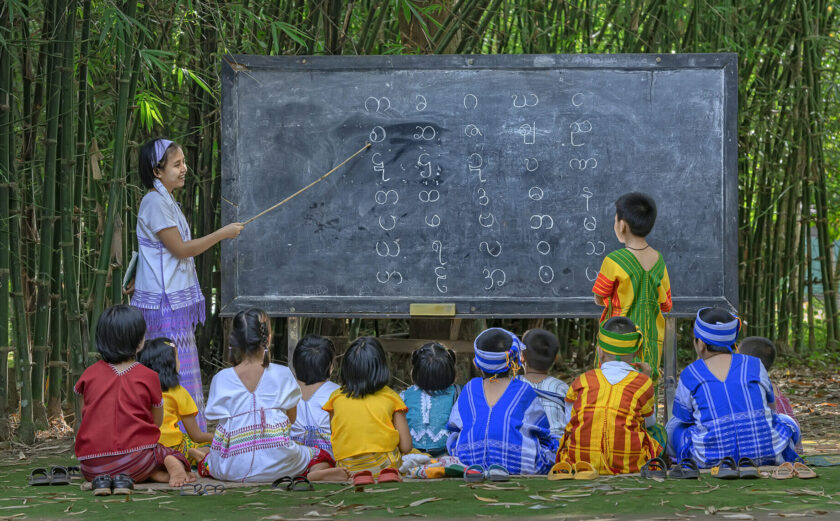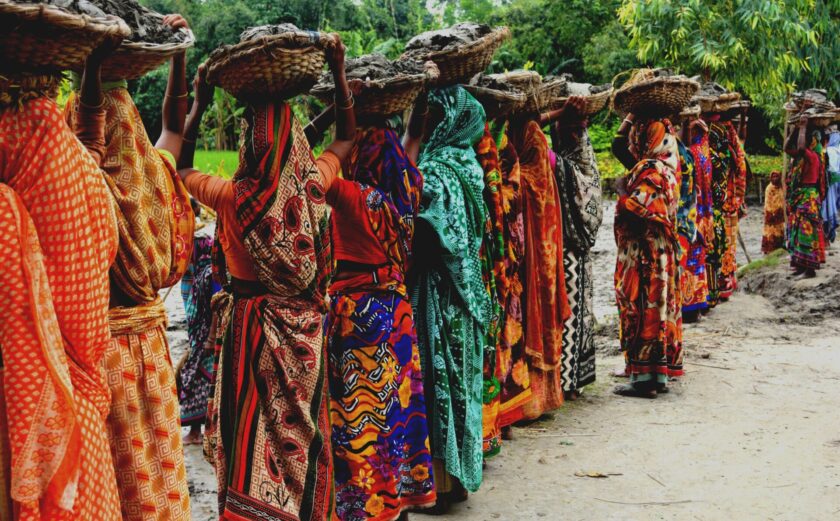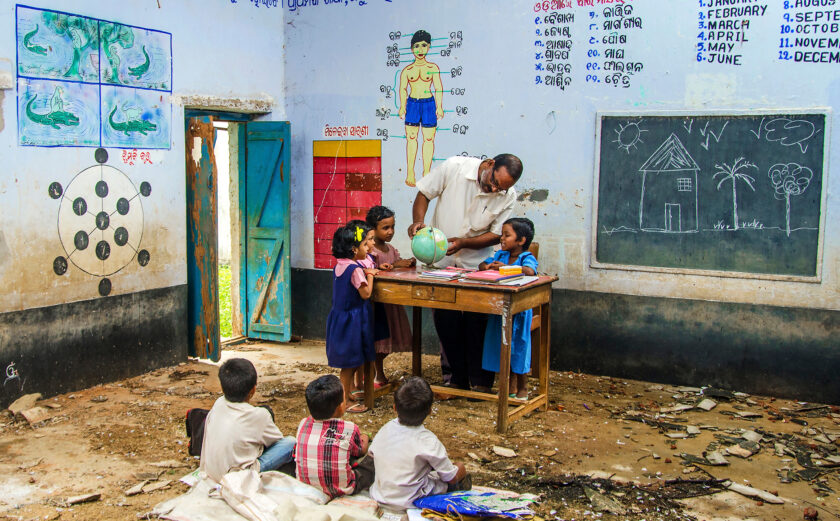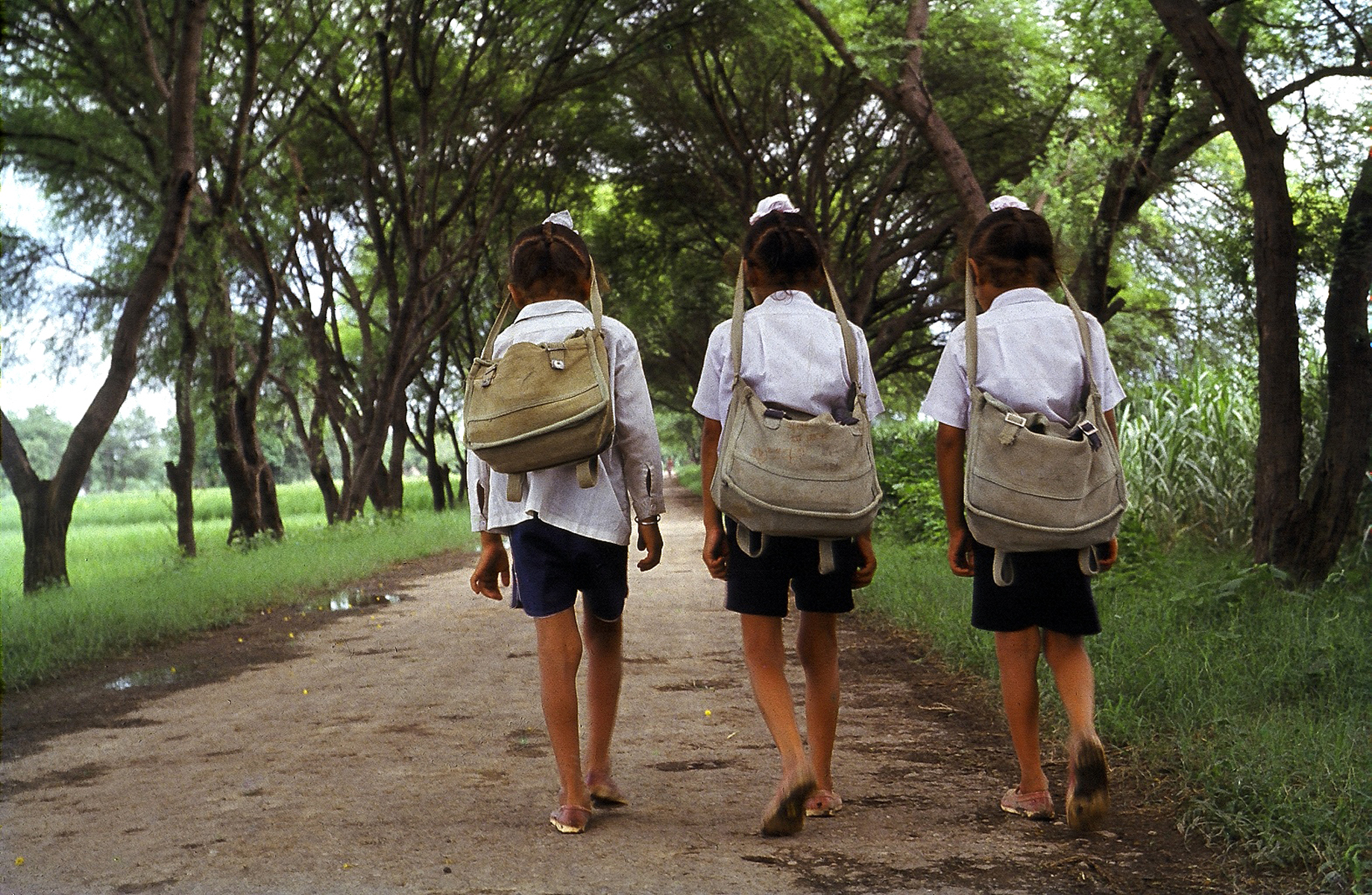
“We Didn’t Realize the Harm We Were Doing”
Addressing Sexual Exploitation and Harassment of School-Age Children and Youth
January 24 marks the International Day of Education, which celebrates the integral role that education plays in peace and development, as well as in building sustainable and resilient societies and promoting economic growth.
Because of the critical role that education plays in development, many international non-governmental organizations (INGOs), including many InterAction Members, are working to strengthen education systems worldwide. In Ghana, FHI 360 works with more than 7,200 schools to provide high-quality instructional materials to increase literacy rates. In Cambodia, Save the Children runs early childhood development centers where children can enhance their learning through drawing and art. In India, World Vision works to identify children that are not attending school and invite them to get tutoring and learn at a World Vision Center.
Programs like these and others around the world help provide children and young adults with access to quality education.
As critical as these educational programs are, equally important is ensuring children in educational settings worldwide are safe from sexual exploitation, abuse, and harassment (SEAH). In our efforts to provide an inclusive and equitable education for all, it is crucial that we not only recognize the risk that SEAH poses to children and young adults in education settings, but also that we put adequate prevention of sexual exploitation, abuse, and harassment (PSEAH) measures in place. SEAH of children and young adults threatens to disrupt their educational achievement and perpetuate existing inequalities in educational attainment. In the commemoration for International Day of Education, UNESCO states that “Without inclusive and equitable quality education and lifelong opportunities for all, countries will not succeed in achieving gender equality and breaking the cycle of poverty that is leaving millions of children, youth, and adults behind.”
Studies show that SEAH in the education system is an issue throughout the world. A study by Human Rights Watch in Senegal that interviewed 731 girls from four different regions found that 37% of girls declared being affected by school-related sexual harassment and 13% reported having been raped, with teachers being the primary perpetrators of SEAH. Students also reported being at risk for SEAH on the way to school, where they may be subject to SEAH by commercial motorcycle drivers, bus drivers, or military personnel stationed at checkpoints. Human Rights Watch also documented cases of drivers offering girls rides to and from school in exchange for sex.
Similarly, a UNICEF study found evidence of SEAH in the education system in countries across Asia. In Afghanistan, there were a number of reported cases of boys subject to rape by male teachers, and boys are believed to be at even higher risk in the Afghan education system for SEAH than girls. In India, 4.8% of female university students interviewed in a study conducted by the U.N. Secretary-General reported having experienced rape, molestation, and verbal harassment from university staff. Further, in Sri Lanka, a UNICEF study estimated that 10% of girls and 20% of boys are sexually abused at school.
In the United States, analysis of data from the American Association of University Women (AAUW) indicates that 9.6% of all students from grade 8 to 11 are subject to sexual abuse in educational settings. The most common perpetrator of abuse is teachers, followed by coaches, substitute teachers, bus drivers, and teacher’s aids.
Children cannot be expected to pursue an education if they are subject to SEAH. Data from the AAUW indicates that SEAH in educational settings severely impacts a child’s academic achievement. Of students who experienced SEAH in school, 31% reported having difficulty paying attention in class while 19% reported changing schools, while some students drop out of school altogether. The same Human Rights Watch study in Senegal states that “in some areas where Human Rights Watch conducted research, the low retention rate of girls appears to be closely linked to fear that girls will be exposed to sexual harassment and gender-based violence in school, or that girls will be at high risk of pregnancy because of the school environment.”
InterAction Members are working diligently to combat the risk of SEAH in schools. Below, we highlight the approaches of two Members, World Vision and Save the Children to PSEAH in educational settings.
World Vision
In Malawi, World Vision has introduced their Safe and Nurturing Schools Program to prevent and respond to school-related Gender-Based Violence (GBV). The program engages teachers, students, and key community members, such as religious leaders, PTA members, and school management committees in educational discussions around gender norms that threaten the safety of young girls and boys in school. The model has three key components:
- Boys and girls groups that meet regularly to discuss topics such as gender-based violence and sexual and reproductive health. These groups act as an entry point for World Vision to hear from children directly about the issues that affect them.
- Teacher training and support, which fosters positive teacher-student interactions and fosters the use of gender-responsive teaching and positive discipline methods. During training, teachers are introduced to key child protection challenges, such as SEAH, and are encouraged to collectively brainstorm solutions to address them. By allowing teachers to create solutions, rather than giving them solutions, teachers are held more accountable for their role in child protection.
- Community engagement and social accountability whereby World Vision works with community groups and local government officials to address social norms that cause violence against children and the role of men and boys to prevent violence against women and girls.
In the Philippines, World Vision invited students to join an Anti-Online Sexual Exploitation of Children workshop in 2019. After the workshop, several students involved in their school’s Supreme Pupil Government worked together to teach their classmates about protecting themselves from online sexual exploitation. The students now go from classroom to classroom, raising awareness among peers about where they can report SEAH. As students age out of school, they pass the torch on to future student leaders, ensuring the longevity of the program.
Save the Children
In Uganda, Save the Children works to address the health and nutrition needs of vulnerable children and increase education access. To date, 68% of students drop out of school before reaching 7th grade. This is even more prevalent among young girls, who are disproportionately affected by child marriage and teen pregnancy.
A popular mode of transportation in Uganda is boda bodas, which are commercial motorcycle taxis. Boda boda drivers have a reputation for predatory behavior toward schoolgirls, often offering free rides in exchange for sexual favors. To address this risk, Save the Children launched Trailblazers, an education program aimed at male boda boda drivers about child rights and child safeguarding. Rather than placing the blame on the drivers, the program actively encourages their participation in taking ownership over their role as protectors of girl’s rights. After participation in one of the sessions run by Save the Children, one boda boda driver said “we didn’t realize the harm we were doing, it was just part of the lifestyle.” In later sessions, two boda boda drivers’ associations worked together to brainstorm action plans for how they were going to play a role in protecting young girls’ and boys’ right to education. They came up with the following concrete steps:
- Drivers will act as crossing guards during drop off times.
- Drivers will organize sports activities with local youths and discuss child protection issues with them.
- Drivers will provide transportation for sick children to the hospital for free.
- Drivers will appear on television to encourage other boda boda drivers to take the same action.
Since the launch of the Trailblazers program, police have reported fewer cases of abuse and teachers have reported a change in the attitudes of the drivers that bring children to school. In several instances, boda boda drivers themselves have reported instances of sexual harassment and abuse and several have requested additional training in first aid, child rights, child abuse, and gender sensitivity so that they can continue to protect their communities. A chair-person from a boda boda association said “Save the Children is the only organization who has ever come to us to ask us for our ideas. Everyone else just blames us.”
Programs like the Safe and Nurturing Schools Program and Trailblazers help keep children in school by addressing the threat that SEAH poses to school children. On this International Day of Education, let us celebrate the measures that IGNOs have put in place to ensure that children around the world are receiving quality education free from the threat of SEAH.
